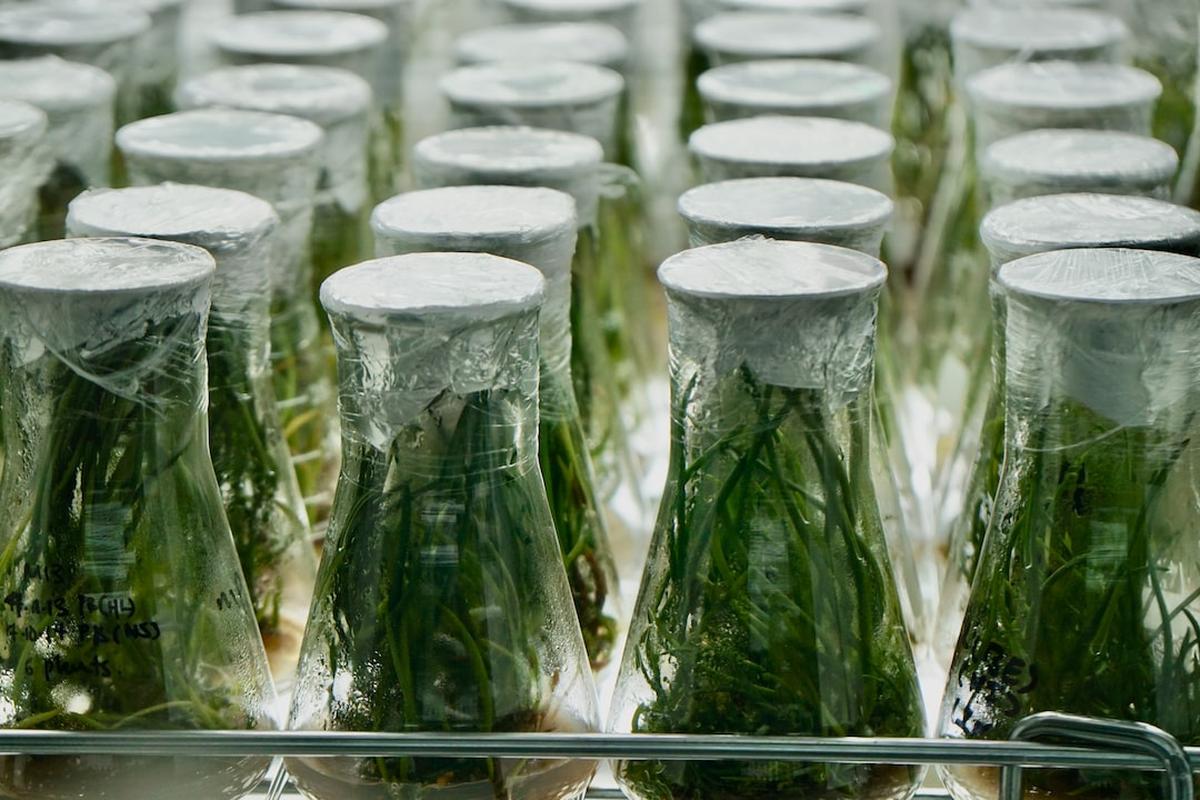Charles Darwin’s theory of evolution, a cornerstone of modern biology, revolutionized our understanding of life on Earth. This groundbreaking theory, detailed in his seminal work “On the Origin of Species,” posits that all species of organisms arise and develop through the natural selection of small, inherited variations that increase the individual’s ability to compete, survive, and reproduce. Despite its profound impact on the scientific community, Darwin’s theory faced numerous obstacles, ranging from scientific objections to religious, societal, and cultural resistance.
Understanding the Concept of Natural Selection
At the heart of Darwin’s theory lies the concept of natural selection. This mechanism of evolution suggests that individuals within a species show a wide range of variation for traits, and those with traits that enhance survival and reproduction are more likely to pass these advantageous traits to the next generation. Over time, this process leads to the evolution of species. However, the concept of natural selection was not without its challenges.
The Assumption of Blending Inheritance: A Major Obstacle
One of the primary obstacles confronting Darwin’s theory was the prevailing assumption of blending inheritance. This concept suggested that offspring were a uniform blend of their parents’ traits, much like mixing two colors of paint. This idea, however, contradicted the principle of natural selection, which relies on the presence of variation within a population.
The Reduction of Variation: A Threat to Natural Selection
Blending inheritance posed a significant threat to the concept of natural selection. If traits were indeed blended in each generation, variation would be rapidly reduced, leaving little raw material for natural selection to act upon. This reduction of variation was a significant challenge to Darwin’s theory, as it seemed to undermine the very mechanism he proposed for evolution.
The Necessity of Constant Variation: A Key to Natural Selection
For natural selection to operate effectively, there must be a constant supply of new variation in a population. This variation provides the diversity necessary for adaptation to changing environments. Blending inheritance, however, seemed to erode this necessary variation, presenting a significant obstacle to the acceptance of Darwin’s theory.
Other Scientific Objections to Darwin’s Theory
In addition to the problem of blending inheritance, Darwin’s theory faced several other scientific objections. Critics pointed to the lack of transitional fossils in the geological record, the complexity of certain biological structures that seemed impossible to evolve gradually, and the problem of time scale, arguing that the Earth was not old enough for evolution to have produced the diversity of life we see today.
Religious Objections to Darwin’s Theory
Beyond the scientific community, Darwin’s theory faced significant resistance from religious groups. Many saw the theory of evolution as contradicting religious teachings about the creation of life. This conflict between science and religion presented a significant obstacle to the acceptance of Darwin’s theory, and continues to fuel debates today.
Societal and Cultural Obstacles to Darwin’s Theory
Darwin’s theory also confronted societal and cultural obstacles. The idea that humans shared a common ancestor with apes was met with outrage and disbelief by many. This resistance was fueled by societal norms and beliefs that placed humans apart from and above other animals. The cultural resistance to Darwin’s theory presented a significant challenge to its acceptance.
Darwin’s Response to the Obstacles
Despite these obstacles, Darwin defended his theory with compelling arguments and evidence. He addressed the problem of blending inheritance by suggesting that traits might not blend in the way that was commonly assumed. He also pointed to the fossil record, embryology, and biogeography as evidence supporting his theory.
The Modern View on Darwin’s Theory
Today, Darwin’s theory of evolution is widely accepted in the scientific community. Advances in genetics have provided a mechanism for inheritance that resolves the problem of blending inheritance, and an overwhelming body of evidence supports the theory. Despite the challenges it faced, Darwin’s theory has stood the test of time, shaping our understanding of life on Earth.
In Summary
Darwin’s theory of evolution, despite the numerous obstacles it confronted, has profoundly influenced our understanding of the natural world. The challenges it faced, from scientific objections to religious, societal, and cultural resistance, only served to refine and strengthen the theory. Today, Darwin’s theory stands as a testament to the power of scientific inquiry and the relentless pursuit of truth.
References
- Darwin, C. (1859). On the Origin of Species. John Murray.
- Mayr, E. (2001). What Evolution Is. Basic Books.
- Futuyma, D. J. (2005). Evolution. Sinauer Associates.
- Gould, S. J. (2002). The Structure of Evolutionary Theory. Harvard University Press.








